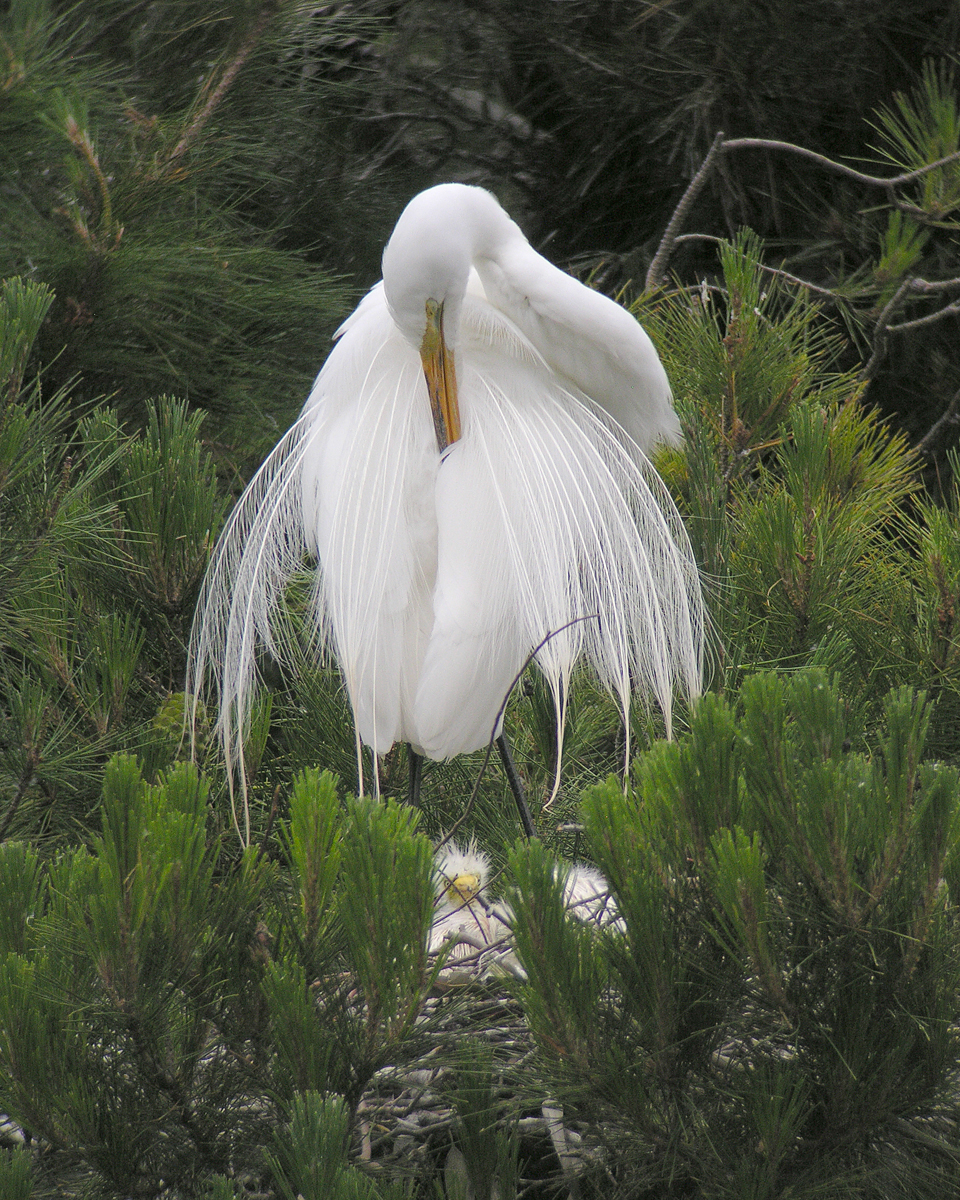The great egret colony at Martin Griffin Preserve in West Marin failed to fledge any young egrets in 2013, the first time in the preserve’s 62-year history, leading Audubon Canyon Ranch to change public access to the preserve for 2014.
The number of nests established at the heronry dropped from 75 in 2012 to 32 in 2013, and in late May of last year the colony began experiencing regular nest failures, said John Kelly, the director of conservation science at Audubon Canyon Ranch. By the end of June most nests had failed and were unoccupied.
Some colony disturbance and nest failure is normal and expected at heronries around the Bay Area. While the complete nest failure at Picher Canyon is unprecedented and raises concerns about the future viability of the colony, Kelly said that regionally the great egret population is “doing just fine.”
Scientists at ACR assessed potential causes for the failure in August. Kelly said that while there’s no clear answer, the most likely explanation is disturbance by avian predators.
Predatory birds such as bald eagles — which began nesting in Marin county in 2008 — have previously been observed flushing the colony. Disturbance does not necessarily mean nest destruction, but it may cause the egrets to move on or give up on nesting that year.
“The predatory birds might not take the eggs,” Kelly said. “But it will scare the living daylights out of the colony.”

ACR’s assessment suggests that factors such as disease, chemical toxicity, reduced food availability and human disturbance are unlikely causes.
Audubon Canyon Ranch announced on February 19 that the public viewing season at Martin Griffin Preserve would be delayed until a minimum level of nesting activity has been observed. ACR’s elementary school program has also been moved to an adjacent canyon and cameras have been set up to increase nest monitoring.
Scientists do not expect a strong recovery immediately but by limiting disturbance hope that the colony will make a slow comeback. Kelly said that a natural nesting site may also attract first time nests to Picher Canyon as well as bringing back the heronry’s regulars.
“The birds are coming in with a fresh outlook,” he said. “And we want to set the right conditions for potential new recruits.”




